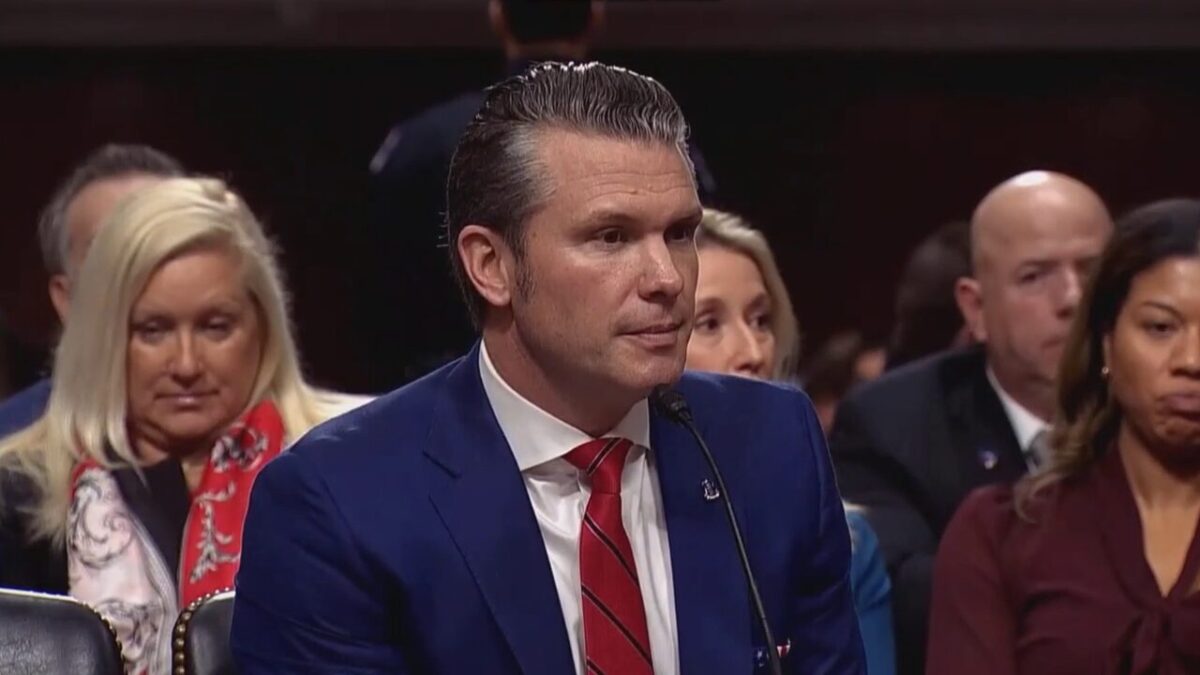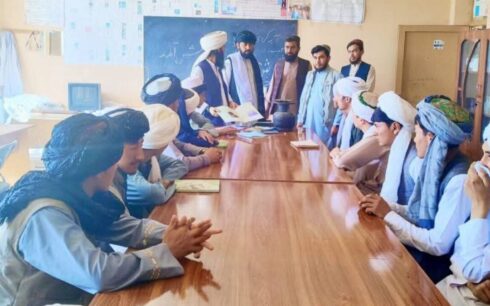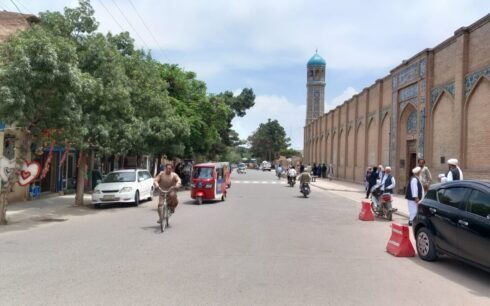Defense Secretary Pete Hegseth, speaking at a Senate Armed Services Committee hearing on Wednesday, cast doubt on the effectiveness of NATO allies during the U.S.-led war in Afghanistan, suggesting that despite their presence, most combat operations fell to American forces.
Recalling his time serving in the Army National Guard, Hegseth told lawmakers that the acronym ISAF — the International Security Assistance Force — was often reinterpreted by U.S. troops as “I Saw Americans Fighting.”
“It was a lot of flags. Not a lot of on-the-ground capability,” Hegseth said. “You’re not a real coalition, you’re not a real alliance unless you have real defense capability — real armies that can bring those to bear.”
The remarks were made in the context of a broader appeal for increased NATO defense spending and modernization, long a point of emphasis by the Trump administration. Hegseth reiterated the view that many alliance members have failed to meet the benchmarks outlined in NATO’s charter, and he used the Afghanistan campaign as an example of what he described as symbolic participation.
While dozens of NATO countries contributed to the 20-year conflict, Hegseth suggested that the bulk of operational and combat responsibilities were borne by American troops.
His comments come amid ongoing debates over NATO burden-sharing and U.S. military commitments abroad. The U.S. suffered 2,461 military deaths during the Afghanistan war, the most of any coalition member. Other nations, including the United Kingdom, Canada, Germany and Denmark, also sustained combat losses.
In his testimony, Hegseth did not dispute that partner nations lost troops, but emphasized that meaningful military coalitions require more than symbolic contributions. “Flags are not enough,” he said. “What matters is who actually fights.”





